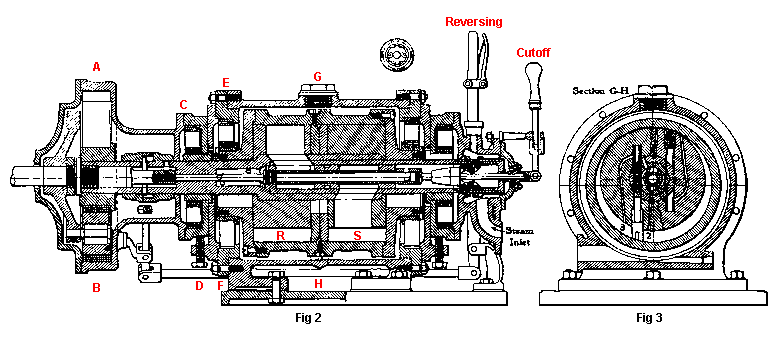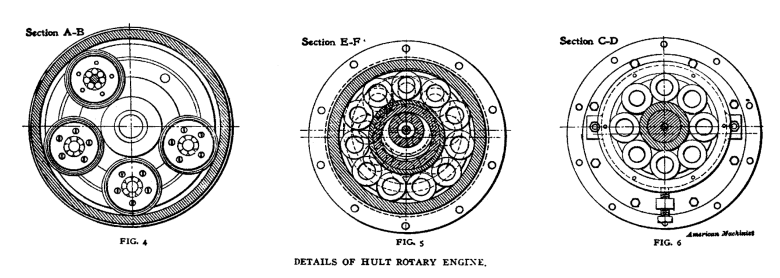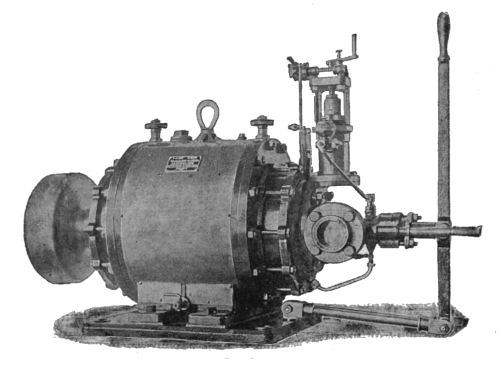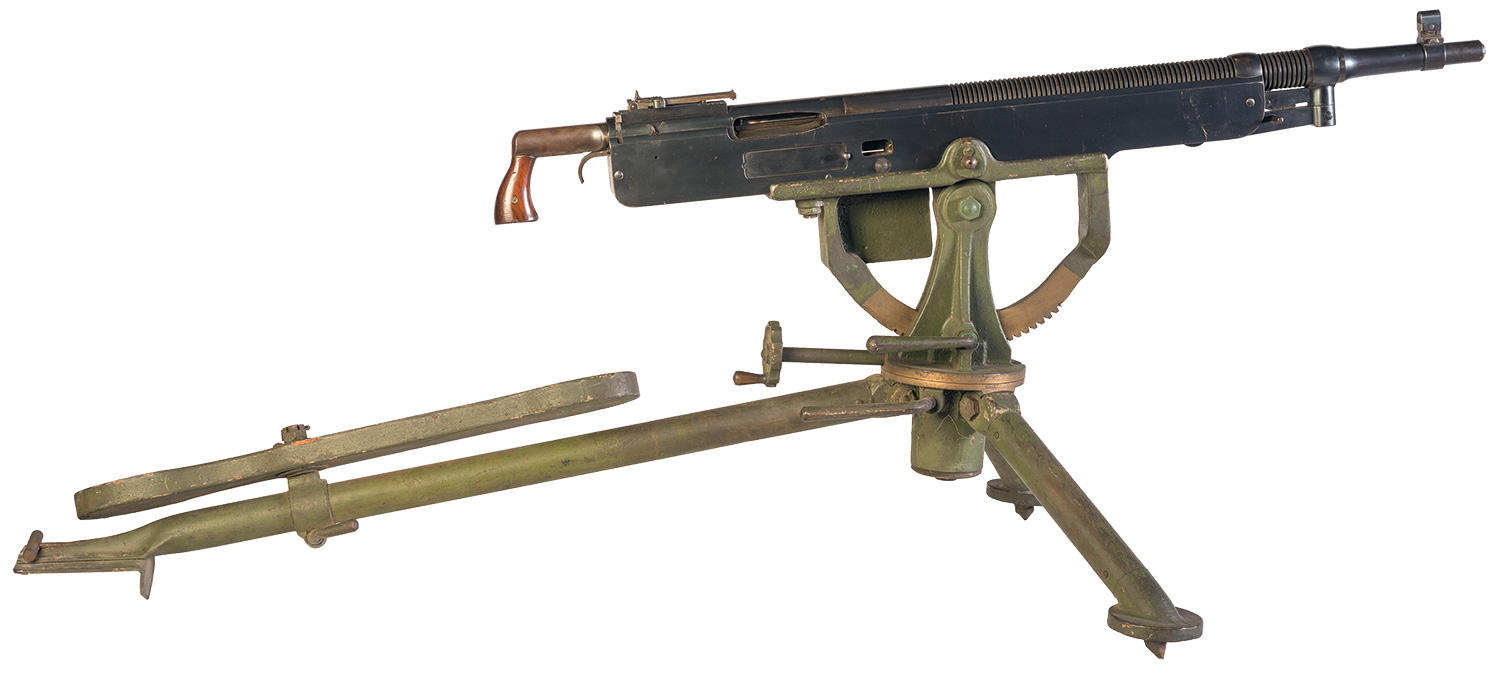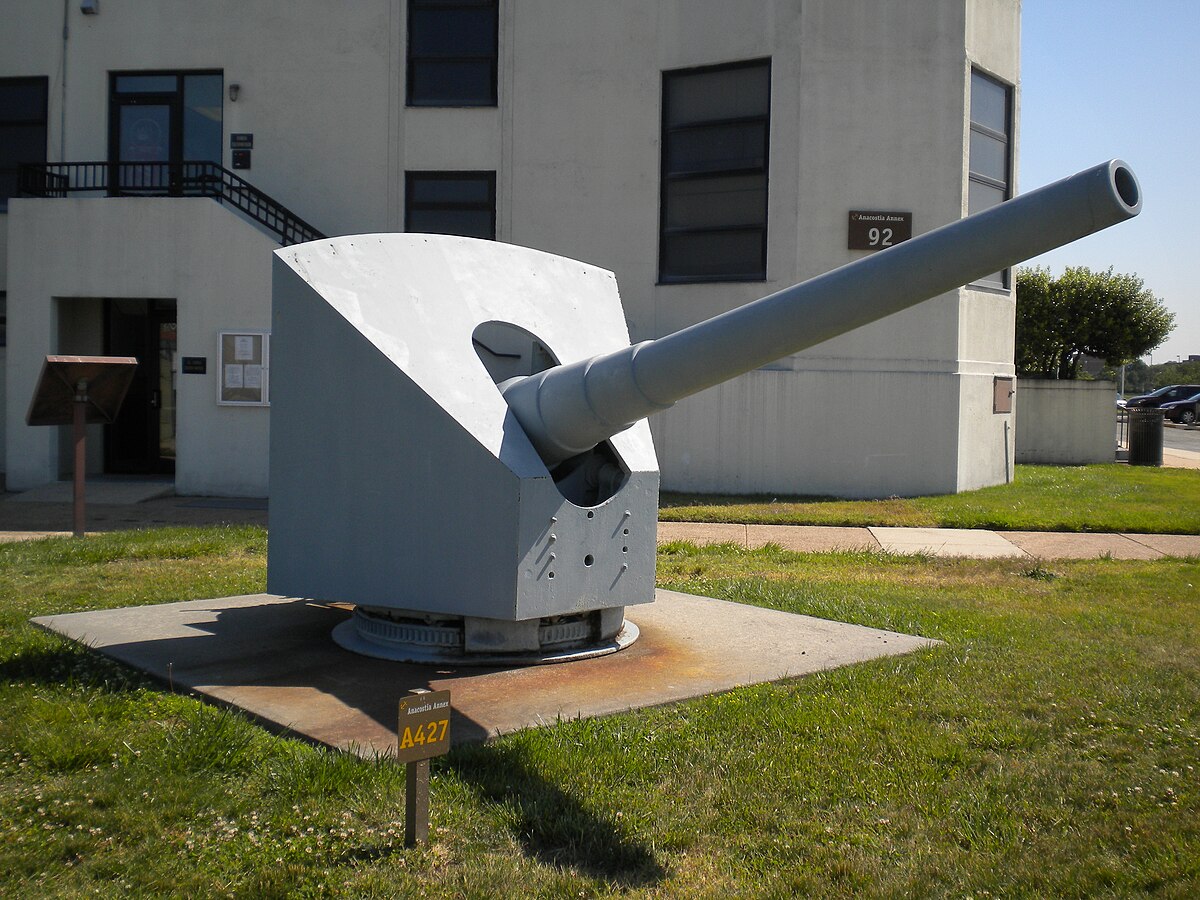Why did the Americans choose Krupp instead of Vickers?
McPherson
Banned
And the Brits don't steal them from the Yanks?
Hmm. @Kurt_Steiner, to answer your question, I would have to point out that "steal" is a problematic term since in the Victorian era, the British tried to sell their technology to almost everybody without regard to national security. The French were paranoid. They sought to restrict their tech to "allies" like Russia and "clients" like Japan. The Americans were in neither "ally", "almost everybody" or "client state". And since the Americans were outside the international European club, so to speak, they were the ones who had to do the "stealing" to jumpstart their own backward technology in key areas..
For example: when the Americans suddenly discovered that they had to modernize their muzzle loader artillery and improve their coast defense guns in 1885 *(Board of Fortifications) they discovered in our real history that they were so far behind the Europeans that they had to send a commission abroad to study foreign artillery to emulate. This commission visited France, the United Kingdom, Austria Hungary, Italy and Germany. The commission did not bring back copies of guns or buy guns. They stole or legitimately bought IDEAS, and placed those ideas before American scientists and engineers and told their own people, here is what we found.
a. The French are using hoop and banded gun barrel construction around their inner liners. They use an interrupted 4 point pivot screw plug breech.
b. The British are using two tube banded gun barrel construction, wire wrapped for reinforcement around their liners. They use an interrupted 3 point pivot screw plug breech,.
c. The Krupp system which uses a sliding wedge breechblock and and an auto-fretted tube shrunk onto tube system.
d. The Italians used the French screw breech and bought British barrels.
e. Austria Hungary mimicked the Germans.
The Americans stuck with their own monobloc built up barrel construction which while heavier than European wire bound or hoop guns was superior as to safety and rigidity of the barrel. That left choice of breech plugs, interrupted screw or wedge block. That choice would determine how shell and propellant charge was presented to the gun. The screw plug required a doorknob creosote soaked pad obturator. The Krupp choice of wedge block required the propellant be cased in a brass carrier with a lead bushing to act as the gas seal. It presupposes also that the Americans will use a car hoist system as introduced on the Brandenburgs.
The Americans chose de Bange and the obturator in the real time line, because of cheaper operating costs. In this fictional time line, they eat the added expense and go with KRUPP because it is a faster gun cycle, fits the OTIS car carrier (fictional) hoist system they use to duplicate the A.G. Vulcan system which is also very similar to the single car carrier system the British will introduce in the Lord Nelsons and is inherently safer than the HMS Colossus type system the Americans in reality emulated in their first battleships. (Modified Coles Turret.). The British lift system in the Majestics, as far as I can determine, was an actual two car system, one for propellant bags and one for shells before they adopt the single car lift system in the Lord Nelsons. Single car is not too good for bagged charges because of snag and tear hazards and powder spill during the ram event in the gun loading cycle from the ripped bags. The Americans in our real history evolve a chain bucket elevator with a dump function into the slide tray for bagged charges and a shell hoist lift to tip the shell into the breech in a separate operation to avoid this British and French problem. KA-BOOM is a rather common Edwardian battleship event as the loaders screw up the gun charging evolution during the ramming.
The Germans with forecharge doubled bagged in silk and aft charge all nestled in a brass carrier case; which is rammed in as a cartridge after the shell is rammed; do not have this safety issue. Faster firing gun results, but comes with a cost though. Chamber pressures in the firing chamber in the early guns have to be lower and the brass is expensive and the lead seals are vaporized and are poisonous. Gun crews should have worn gas masks using this system.
The Americans hoop the breech to boost the chamber pressure loading (beer bottle gun)and they wear gas masks (Germans do not.). Voila. The Indianas are going to be quite a surprise when Ito Watanabe visits the USS Massachusetts next.
Do the British steal the fictional American systems in this time line?
They try. But do they succeed? We shall see.
McP.
Last edited:


